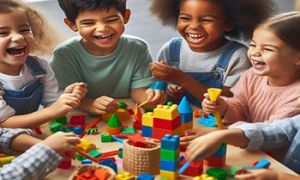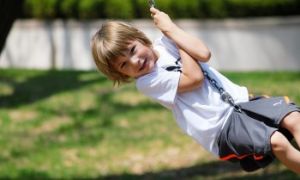Here are some thoughtfully framed critical reflection questions you can use with your team or in professional discussions to unpack the AEDC 2024 findings.
Reflecting on the Data
-
What surprises or concerns us most about the rise in developmental vulnerability since 2021?
-
How do these findings align with what we’re observing in our own setting?
-
Which domains of vulnerability are most visible in our daily practice?
Our Practice
-
How are we currently supporting children who show signs of emotional or social vulnerability?
-
In what ways have our routines or learning environments changed in response to children’s changing needs?
-
Are our current assessment tools and observations capturing the full picture of a child’s development?
Engaging with Families
-
How can we sensitively share this data with families to build trust and collaboration?
-
What more can we do to support families experiencing hardship without increasing their stress?
-
Are we creating opportunities for families to contribute insights about their child’s development?
Team Capacity and Wellbeing
-
What supports do we have in place to help our team respond to increased emotional and behavioral needs in children?
-
How are we looking after our own well-being so we can remain responsive and effective?
-
Are there any professional development areas we’d like to explore further based on these findings?
Moving Forward
-
What small, intentional changes could we introduce to address one key vulnerability area?
-
How can we embed these findings into our Quality Improvement Plan (QIP)?
-
Who can we partner with—families, local services, other educators—to amplify our impact?
Further Reading
Rising Vulnerabilities: What the 2024 AEDC Data Means for Early Childhood Education
5 Strategies To Implement Based On The AEDC 2024 Findings In Your Early Learning Service




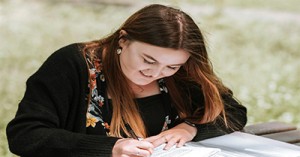
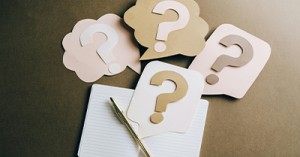
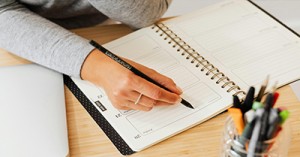
 Here is the list of the EYLF Learning Outcomes that you can use as a guide or reference for your documentation and planning. The EYLF
Here is the list of the EYLF Learning Outcomes that you can use as a guide or reference for your documentation and planning. The EYLF The EYLF is a guide which consists of Principles, Practices and 5 main Learning Outcomes along with each of their sub outcomes, based on identity,
The EYLF is a guide which consists of Principles, Practices and 5 main Learning Outcomes along with each of their sub outcomes, based on identity, This is a guide on How to Write a Learning Story. It provides information on What Is A Learning Story, Writing A Learning Story, Sample
This is a guide on How to Write a Learning Story. It provides information on What Is A Learning Story, Writing A Learning Story, Sample One of the most important types of documentation methods that educators needs to be familiar with are “observations”. Observations are crucial for all early childhood
One of the most important types of documentation methods that educators needs to be familiar with are “observations”. Observations are crucial for all early childhood To support children achieve learning outcomes from the EYLF Framework, the following list gives educators examples of how to promote children's learning in each individual
To support children achieve learning outcomes from the EYLF Framework, the following list gives educators examples of how to promote children's learning in each individual Reflective practice is learning from everyday situations and issues and concerns that arise which form part of our daily routine while working in an early
Reflective practice is learning from everyday situations and issues and concerns that arise which form part of our daily routine while working in an early Within Australia, Programming and Planning is reflected and supported by the Early Years Learning Framework. Educators within early childhood settings, use the EYLF to guide
Within Australia, Programming and Planning is reflected and supported by the Early Years Learning Framework. Educators within early childhood settings, use the EYLF to guide When observing children, it's important that we use a range of different observation methods from running records, learning stories to photographs and work samples. Using
When observing children, it's important that we use a range of different observation methods from running records, learning stories to photographs and work samples. Using This is a guide for educators on what to observe under each sub learning outcome from the EYLF Framework, when a child is engaged in
This is a guide for educators on what to observe under each sub learning outcome from the EYLF Framework, when a child is engaged in The Early Years Learning Framework describes the curriculum as “all the interactions, experiences, activities, routines and events, planned and unplanned, that occur in an environment
The Early Years Learning Framework describes the curriculum as “all the interactions, experiences, activities, routines and events, planned and unplanned, that occur in an environment
